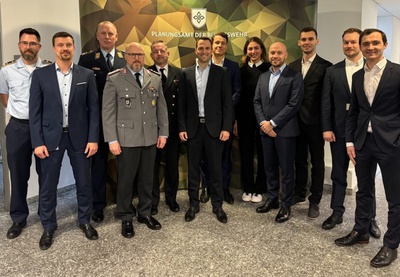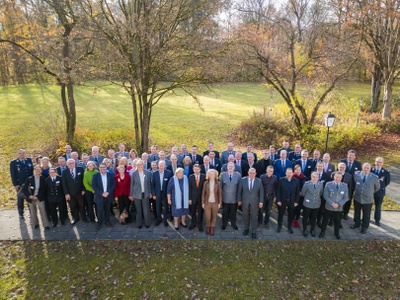
The MIMO HTS Joint Project with NEOSAT and DIRACON
13 October 2020
MIMO HTS is a joint project with three partners: UniBw M, NEOSAT, and DIRACON. In recent years, the Chair of Signal Processing has been studying MIMO technology for satellite communication. This technology uses multiple antennae on earth and on satellites and thus promises considerably higher data throughput.
The first joint project on this subject examined the general feasibility of MIMO satellite transmission. The results showed that assumptions about the propagation conditions of radio signals between antennae on earth and on satellites were correct. This proved that MIMO technology helps to considerably increase spectral efficiency in satellite communication.
The objective of the current project is to examine the use of this technology in modern high-throughput satellites (HTS). Due to the high data throughput of these satellites, a number of uplink stations on earth are required in order to send data to them. MIMO technology can double the throughput of an uplink station if two antennae – located at a distance of several kilometers – are used at the same time.
The aim of the project is to demonstrate that this application can work under real conditions. For this purpose, the University is conducting theoretical tests, and a MIMO pre-processing unit is being implemented which will allow such transmission. NEOSAT is specifying, developing and testing this unit. The study will conclude with a demonstration of this prototype, using a satellite in geostationary orbit. The Heinrich Hertz Satellite could be used for such a demonstration as it has a flexible payload.
The MIMO HTS project was commissioned by the German Aerospace Center (Space Administration) and has been under way since March 2019.
Lead image: © shutterstock / Bplanet






